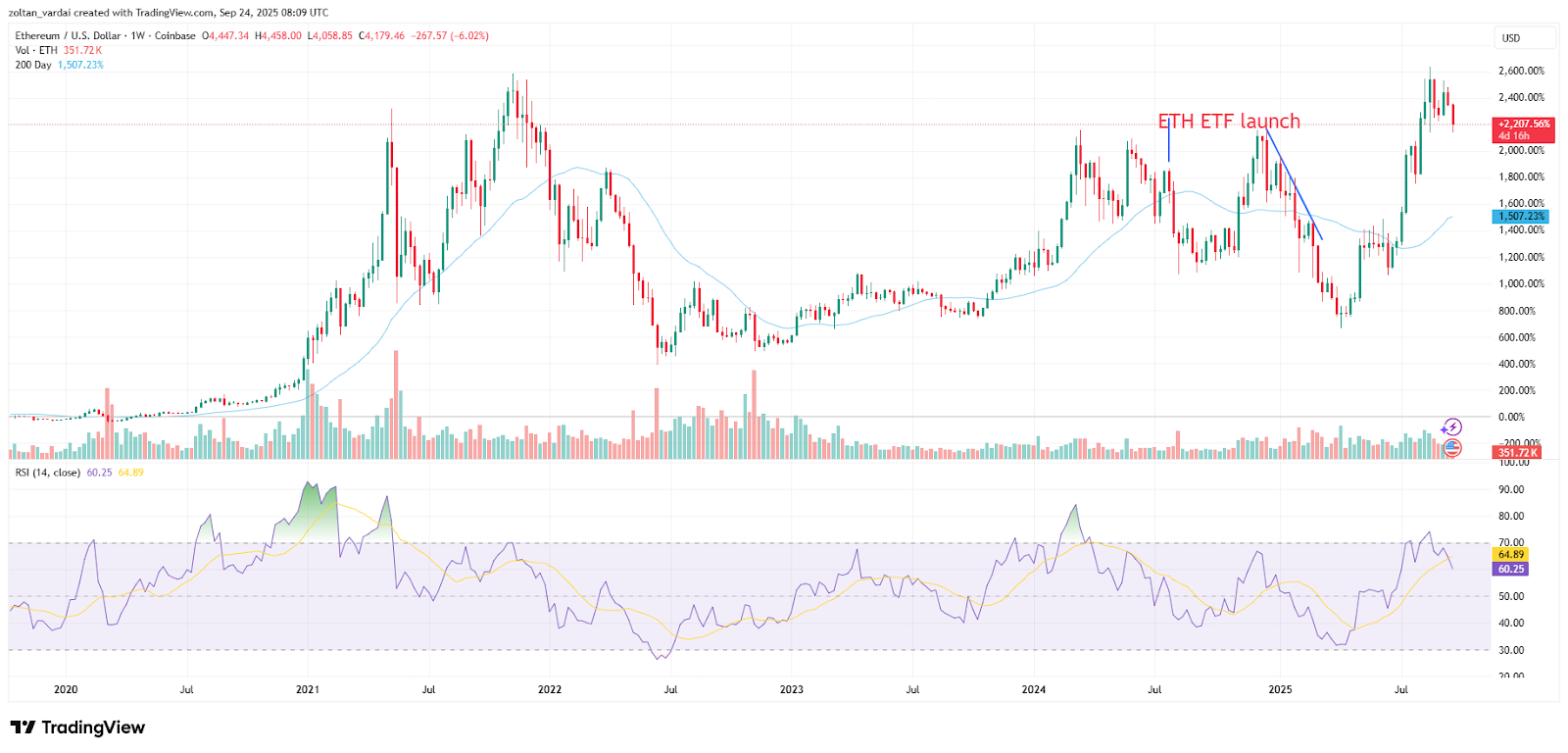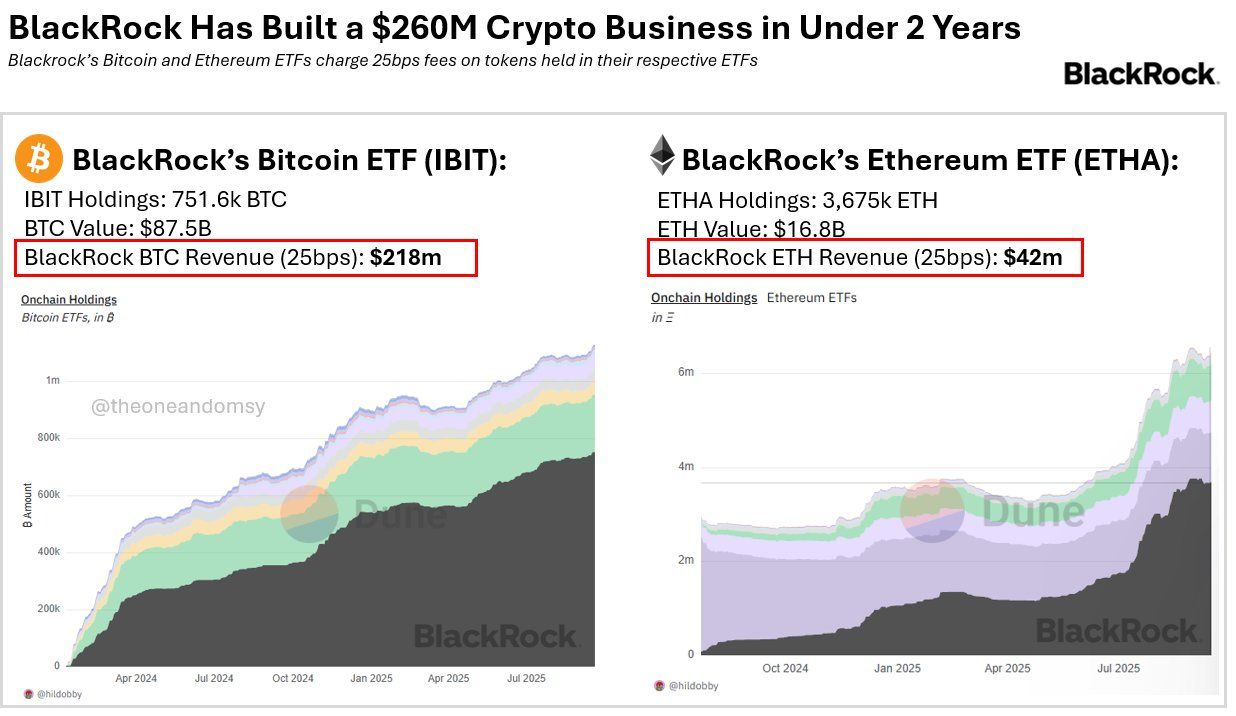
Ether Supercycle Debate and Market Volatility
The cryptocurrency market experienced a whirlwind of developments this week, with the debate surrounding a potential “supercycle” for Ether (ETH) taking center stage. Proponents, including BitMine, the largest corporate holder of ETH, suggest growing institutional interest from Wall Street could fuel a sustained period of growth, pushing ETH valuations beyond traditional four-year market cycles tied to Bitcoin halvings. However, the price of ETH dipped below $4,000 during the week, casting a shadow over this optimistic outlook.
The skepticism, particularly from traditional financial institutions, highlighted the inherent volatility of the crypto market. Citigroup, for example, set a significantly lower year-end price target for Ether, indicating differing viewpoints on the asset’s future trajectory. This divergence in opinion underscores the complex nature of predicting crypto market trends and the varying perspectives within the financial landscape.
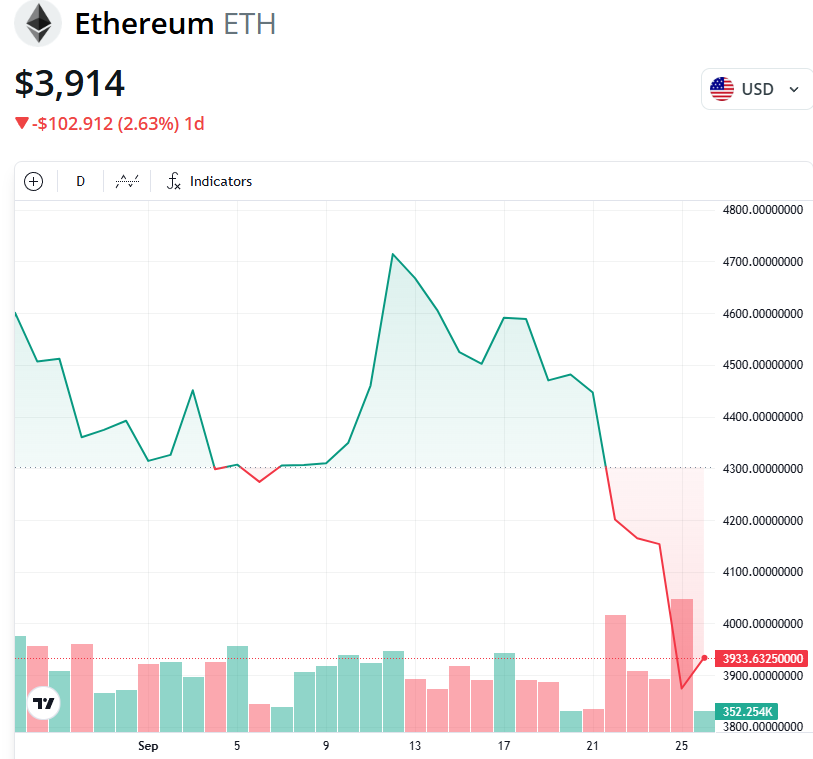
Circle‘s Reversible Transactions and the Crypto Ethos
A significant development came from Circle, the issuer of the USDC stablecoin. The company is exploring the implementation of reversible transactions to address fraud and hacks. This proposition, however, clashes with the foundational principles of the crypto space, where transaction finality is a core tenet.
This move underscores the tension between security and the decentralized ideals of cryptocurrencies. While reversibility could potentially safeguard users from fraudulent activities and enhance mainstream adoption, it also raises concerns about centralized control and the erosion of the immutable nature of blockchain transactions. The debate surrounding Circle‘s plan highlights the constant evolution and adaptation within the crypto sphere as it seeks to balance user protection with its core tenets.
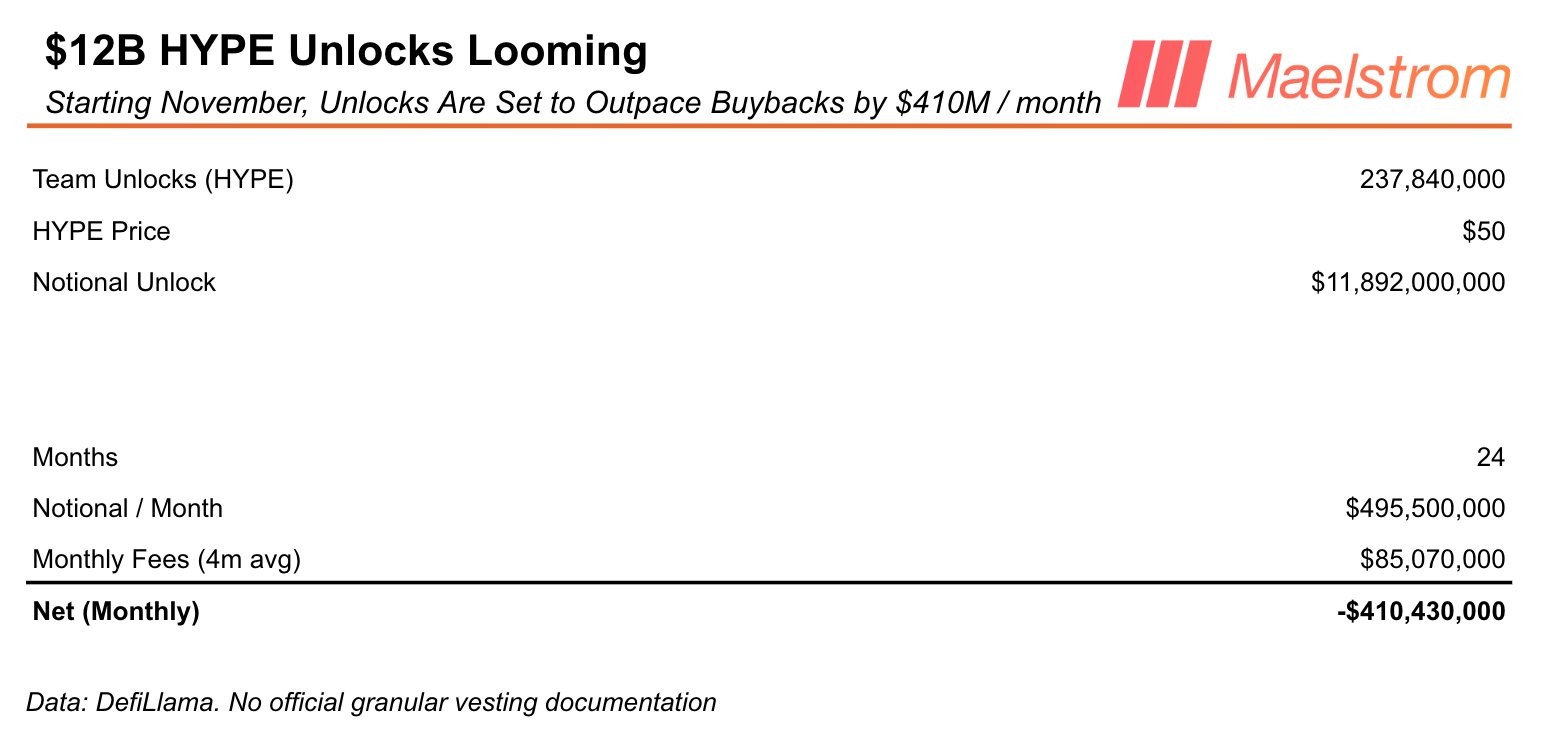
Aster‘s DEX Dominance and Perpetual Trading Surge
The perpetual trading volume on decentralized exchanges (DEXs) witnessed a remarkable surge, reaching an all-time high of $70 billion. This surge was largely driven by Aster, a new derivatives platform operating on the BNB Chain. Aster’s impressive performance, surpassing even established platforms like Hyperliquid and Lighter, signals a growing appetite for decentralized finance (DeFi) derivatives and the increasing maturity of the DeFi ecosystem.
This growth indicates a shift in investor behavior, with traders increasingly seeking the benefits of decentralized platforms, such as greater control and transparency. The continued evolution of DEXs and the increasing volume demonstrate the ongoing expansion and maturation of the DeFi landscape.
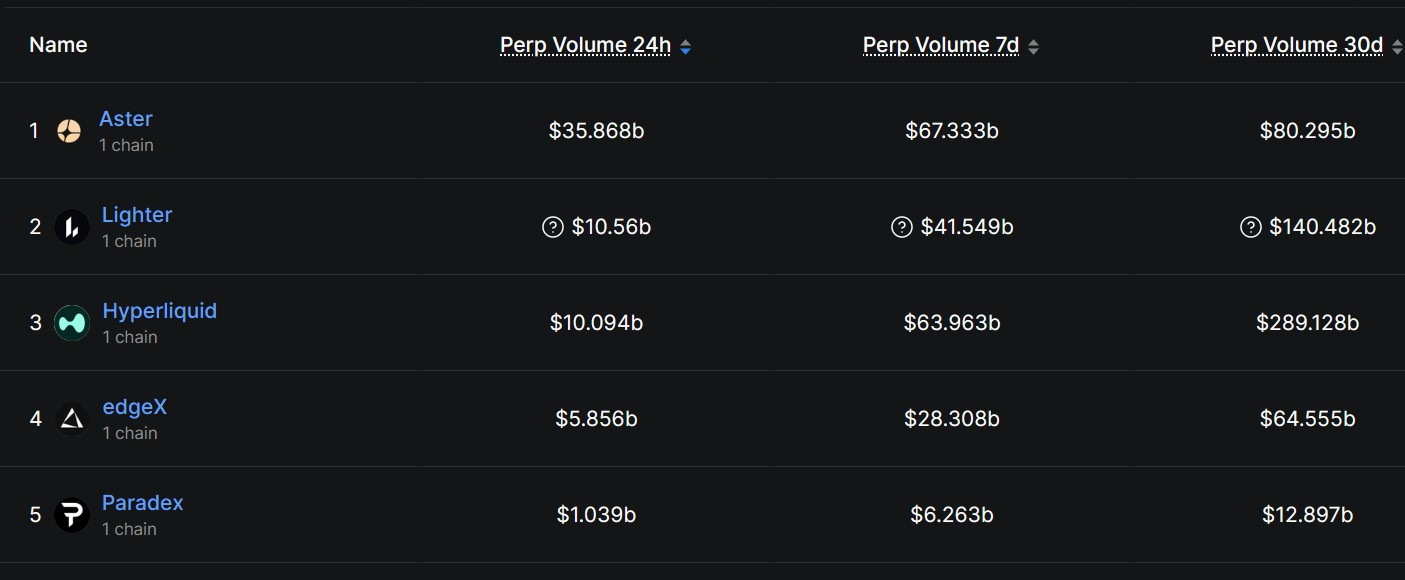
BlackRock‘s Crypto ETFs: A Revenue-Generating Machine
BlackRock’s foray into the cryptocurrency market through its Bitcoin and Ether ETFs has proven to be a highly successful venture. Generating approximately $260 million in annualized revenue, these ETFs have become a benchmark for traditional investment funds seeking lucrative business models within the crypto space. This substantial revenue stream is further proof of the growing mainstream acceptance of digital assets and the ability of traditional financial institutions to capitalize on the opportunities within the crypto market.
This success story could lead to more firms entering the crypto ETF market, potentially accelerating the integration of digital assets into mainstream investment portfolios and the overall expansion of crypto’s reach.
Vitalik Buterin‘s Call for Open-Source Infrastructure
Ethereum co-founder Vitalik Buterin advocated for open-source, verifiable infrastructure across essential sectors, including healthcare, finance, and governance. He warned of the dangers of relying on centralized systems, which risk eroding trust and security. Buterin’s vision promotes the importance of open and verifiable systems, emphasizing their role in preventing abuse and fostering greater transparency.
This call reinforces the core values of the blockchain space, highlighting the importance of decentralized, transparent, and secure systems as the future of digital infrastructure.
